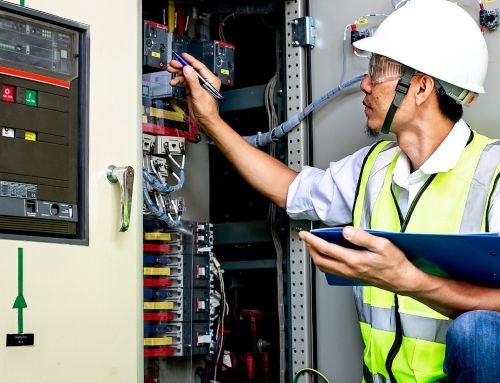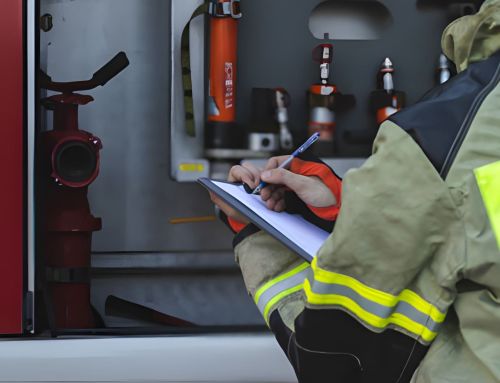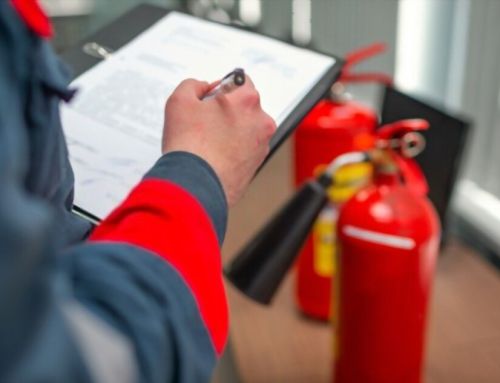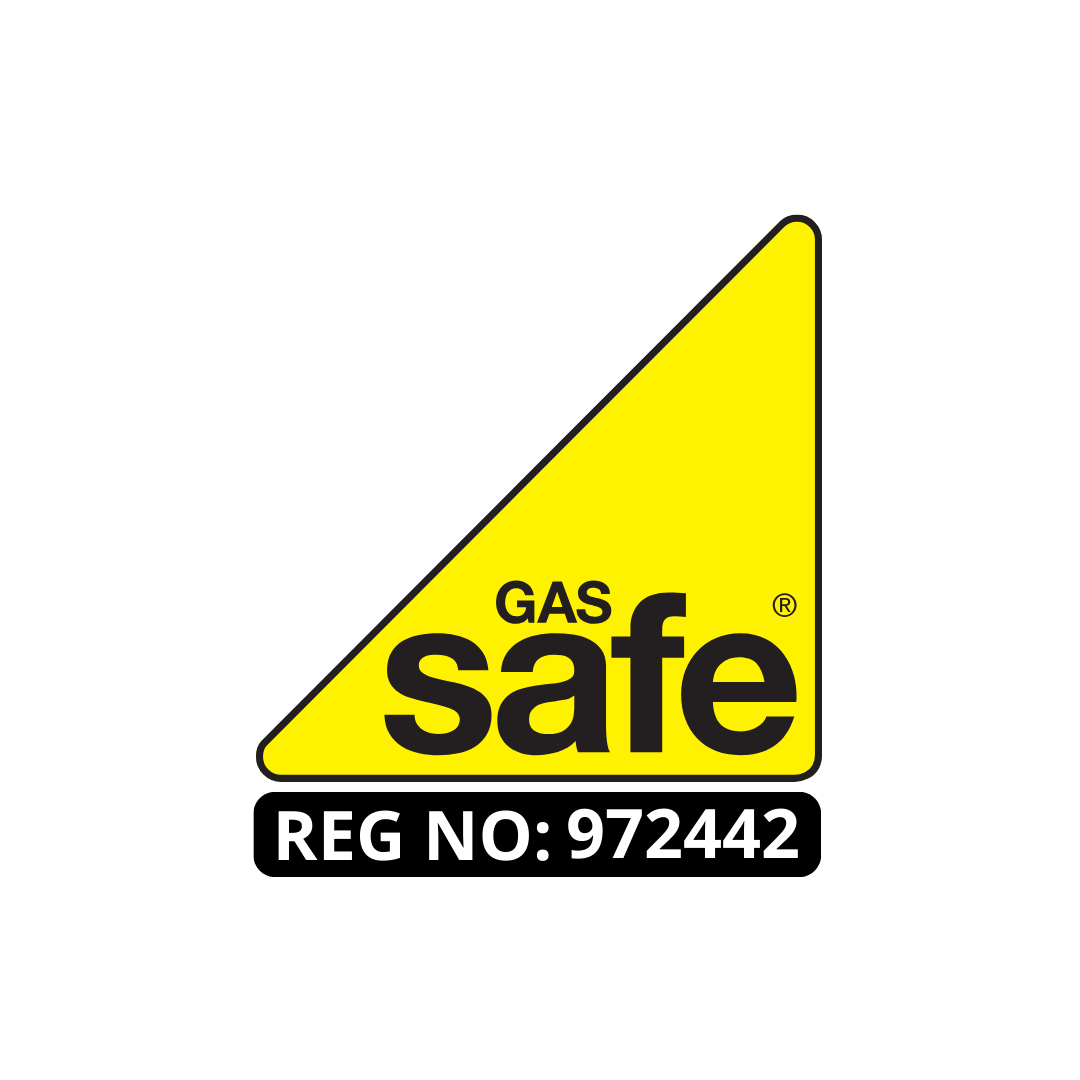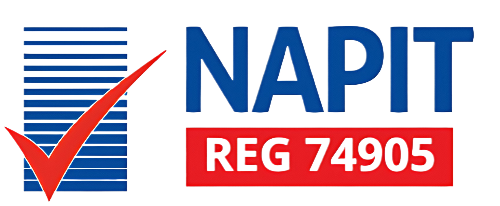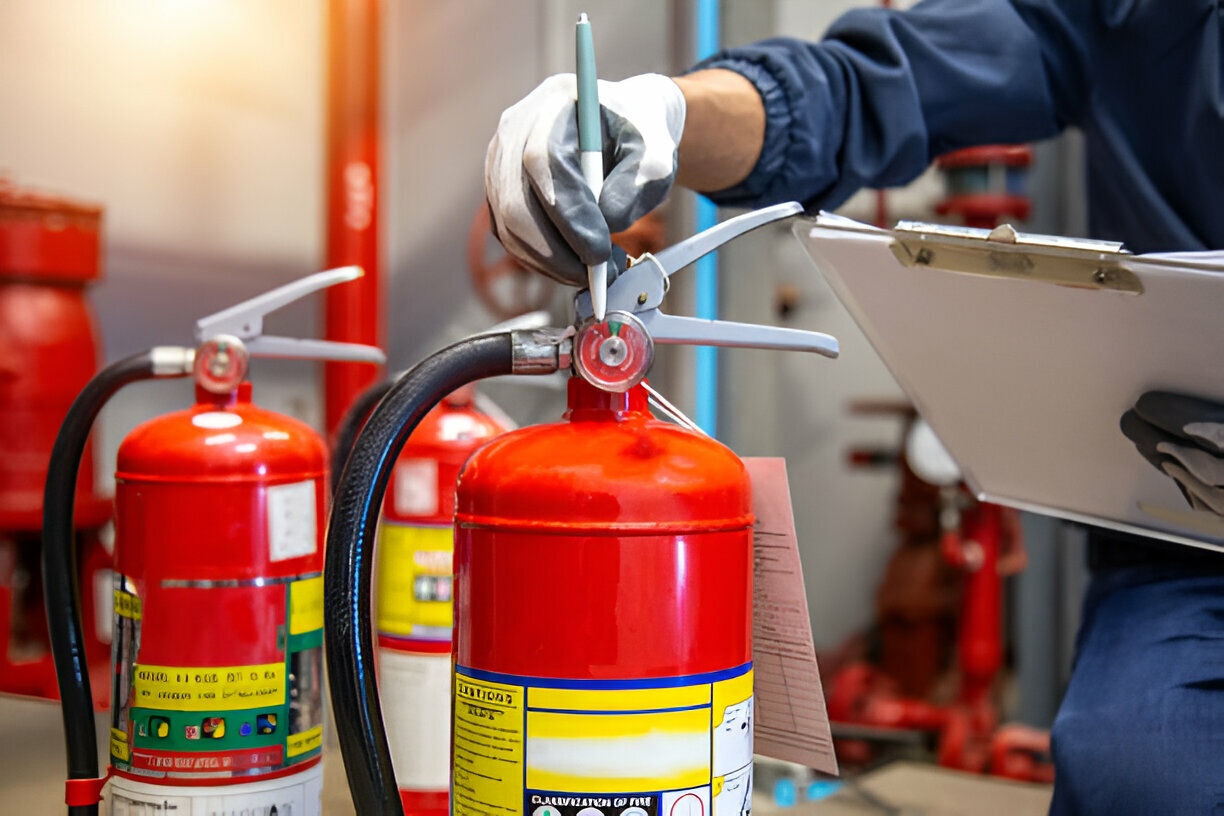
As I stood before the metaphorical flames of uncertainty, pondering the feasibility of conducting a fire risk assessment on my own, I found myself at a crossroads of responsibility and knowledge.
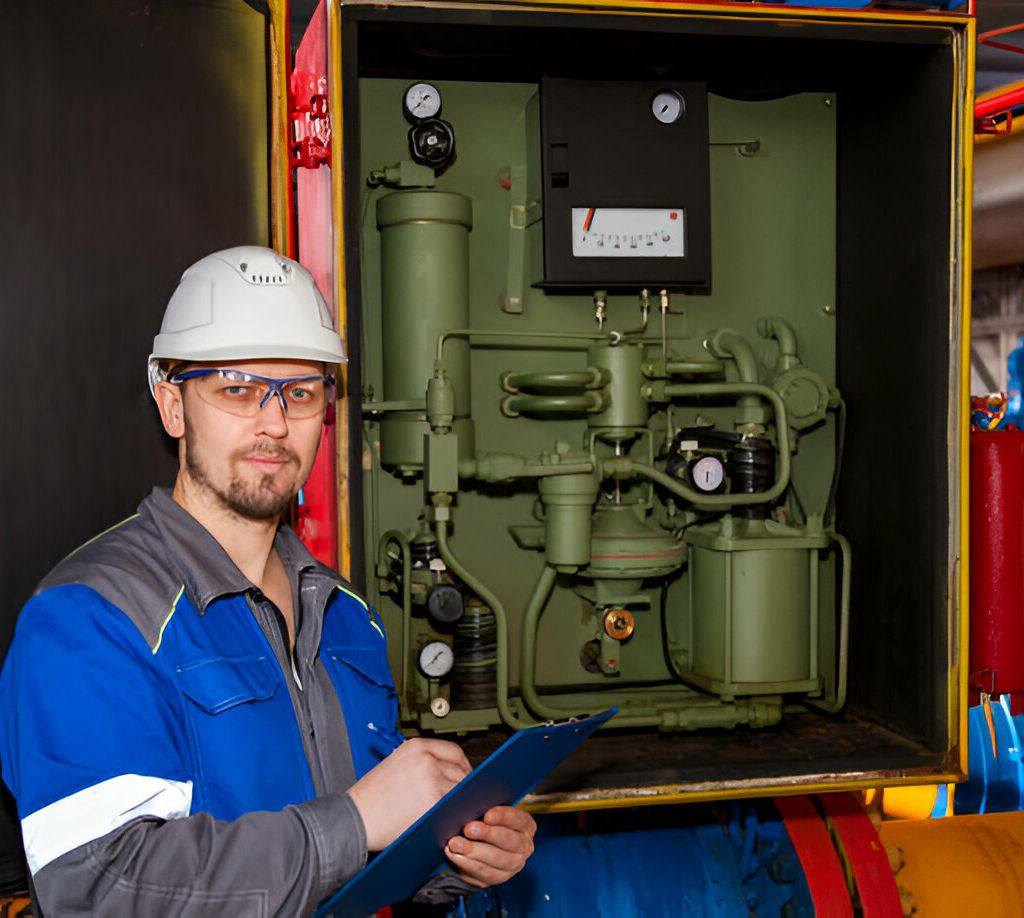
The question lingered – could I truly navigate the complexities of fire safety regulations and protocols without professional guidance?
The implications of such a decision weighed heavily on my mind, hinting at the potential risks and rewards that lay ahead.
Understanding Fire Risk Assessment Process
When conducting a Fire Risk Assessment, it’s crucial to meticulously assess and manage potential fire hazards to ensure the safety of occupants and compliance with legal regulations. The process begins with conducting a thorough assessment of the premises, identifying any potential risks that could lead to a fire.
Legal requirements mandate that these assessments be carried out by a competent person, emphasizing the need for accuracy and attention to detail in risk identification. Safety measures must be implemented and maintained to mitigate these risks effectively.
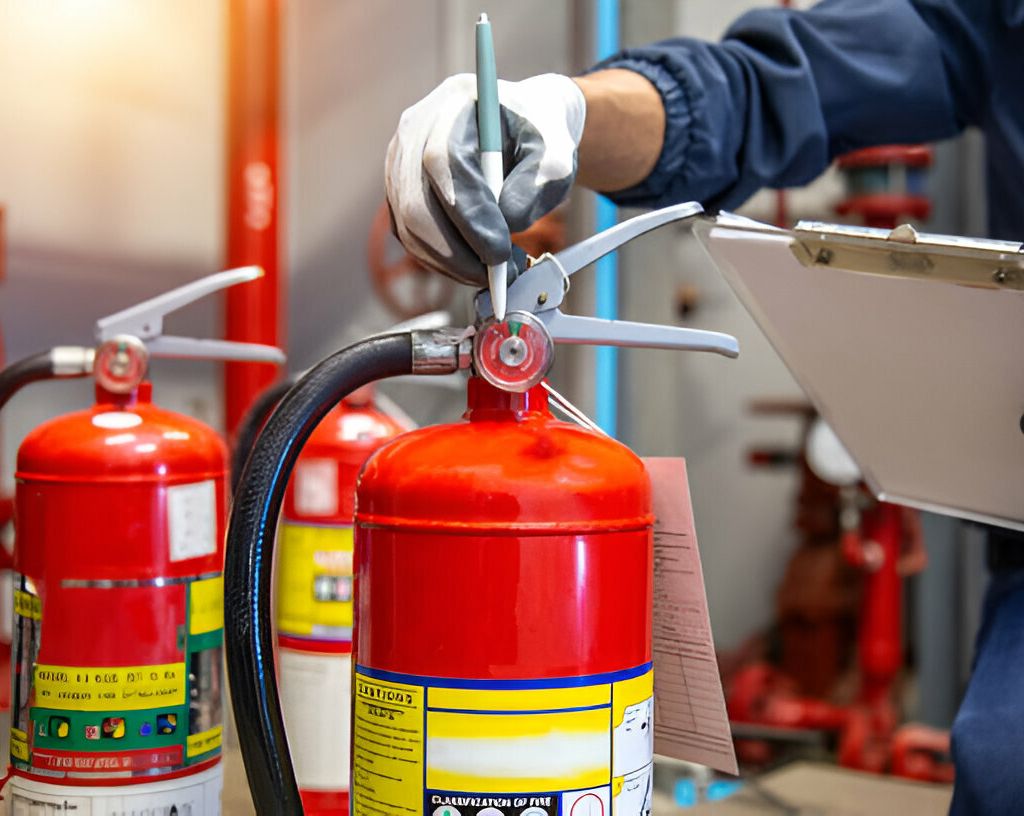
As the Responsible Person, compliance responsibilities include managing fire risks, conducting regular assessments, and ensuring that safety measures are in place. Failure to adhere to these responsibilities can result in severe fines or imprisonment.
It’s imperative to document all findings and actions from the assessment, demonstrating a commitment to maintaining a safe environment and upholding legal compliance. By fulfilling these compliance responsibilities, businesses can create a safer workplace and avoid the repercussions of non-compliance.
Identifying Fire Safety Responsibilities
In assessing fire safety responsibilities, it’s crucial to meticulously identify and assign duties to ensure compliance and a safe environment. Legal obligations mandate that a Responsible Person, whether an employer, managing agent, or occupier, manage fire risks, conduct regular assessments, and maintain safety measures. This includes informing staff about identified risks, providing fire safety training, and ensuring emergency planning. Employee training is essential, with businesses having to record findings and actions from assessments for compliance.
Effective risk management involves conducting regular Fire Safety Risk Assessments and keeping detailed records of these assessments. Emergency planning must be comprehensive and clearly communicated to all staff members. All these aspects, from legal obligations to record keeping, are integral parts of maintaining a safe environment and complying with fire safety legislation.
Proper identification and allocation of fire safety responsibilities are crucial elements in ensuring a proactive and effective approach to fire safety within any premises.
Utilizing Government Fire Safety Guides
Utilizing the government’s fire safety guides is essential for ensuring comprehensive assessment and compliance within different premises categories. When conducting a DIY fire risk assessment, it’s crucial to refer to these guides to understand the specific requirements for each type of premises. Common mistakes often stem from overlooking key details outlined in the guides, which can lead to incomplete assessments and non-compliance. Compliance challenges may arise when interpreting complex regulations, making the guidance invaluable in navigating such issues effectively.
To ensure best practices, it’s recommended to thoroughly study the government’s resources and apply them diligently during the assessment process. Resource utilization is key to conducting a successful fire risk assessment, as these guides offer structured frameworks and detailed instructions for conducting a thorough evaluation. By leveraging these tools appropriately, Responsible Persons can enhance their understanding of fire safety regulations and implement necessary measures to mitigate risks effectively.
Importance of Fire Alarm Systems
Ensuring the proper functioning and maintenance of fire alarm systems is paramount to safeguarding lives and property in any premises. Fire alarm systems offer numerous benefits, including early fire detection, alerting occupants, and facilitating timely evacuation.
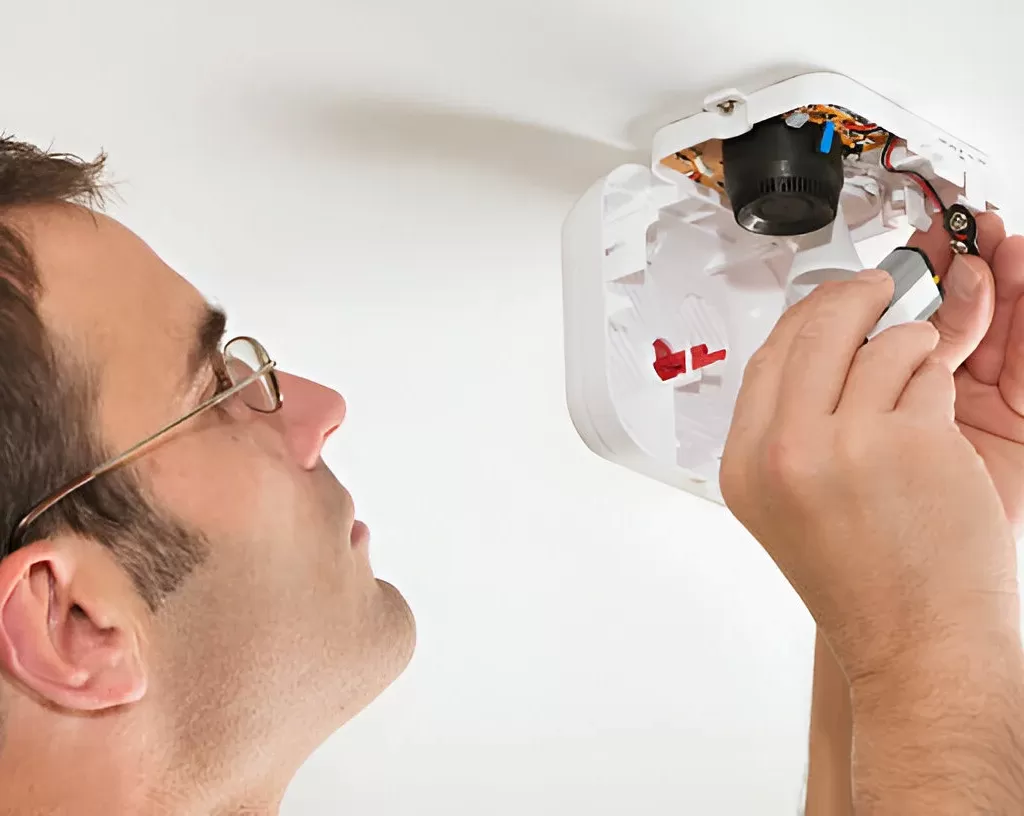
The installation process is a critical step that requires professional expertise to ensure the system is correctly set up in accordance with safety standards. Proper installation guarantees that all areas of the premises are covered, minimizing blind spots where fires could go undetected.
Additionally, regular maintenance is essential to keep the system in optimal condition. This includes testing the alarms, checking sensors, and ensuring that all components are functioning correctly.
Maintaining Your Fire Alarm System
Having established the importance of fire alarm systems and their proper functioning in safeguarding lives and property, the focus now shifts to the meticulous maintenance required for ensuring their continuous reliability. Regular maintenance is paramount in upholding the effectiveness of fire alarm systems.
This maintenance includes conducting routine alarm testing to verify proper functionality, performing systematic system checks to identify and address any issues promptly, and ensuring clear zone identification for efficient response in case of emergencies. Equipment reliability is crucial, and therefore, regular inspections and servicing are essential to maintain peak performance.
In my experience, adhering to a structured maintenance schedule not only enhances the lifespan of the system but also minimizes the risk of malfunctions during critical times. Trustworthy providers like Fixfire® with BAFE accreditation can offer expert maintenance services, including issuing certificates of inspection after each visit, ensuring that your fire alarm system remains in optimal condition for enhanced safety.
Seeking Expert Fire Safety Advice
In seeking expert fire safety advice, prioritizing consultation with experienced professionals is paramount for ensuring comprehensive protection measures. Expert consultation is essential to navigate the complexities of safety compliance and risk management effectively.
Professional guidance from fire safety experts can offer tailored solutions, ensuring that all aspects of fire safety are meticulously addressed. These experts bring a wealth of knowledge and practical experience to the table, guiding individuals or businesses in developing robust fire safety protocols.
By engaging with seasoned professionals, one can benefit from their insights into best practices, industry standards, and regulatory requirements, ultimately enhancing the overall safety of the premises. Seeking advice from fire safety experts not only demonstrates a commitment to safety but also minimizes the likelihood of oversights or gaps in the fire risk assessment process.
Therefore, investing in expert consultation is a proactive step towards safeguarding lives and property from the devastating impact of fires.
Frequently Asked Questions
Can I Conduct a Fire Risk Assessment for a Residential Property on My Own?
I can conduct a DIY fire safety assessment for a residential property. It involves evaluating risks, using a home assessment checklist, and taking personal responsibility. Regular assessments help maintain safety and prevent hazards, ensuring compliance with fire safety regulations.
Are There Specific Training Requirements for Conducting a Fire Risk Assessment in a Workplace?
In the workplace, specific training requirements for conducting a fire risk assessment include utilizing online resources, following basic guidelines, adopting a DIY approach, focusing on risk assessment, and prioritizing workplace safety. These elements ensure effective and compliant assessments.
How Often Should Fire Safety Training Be Provided to Employees According to Regulations?
Fire safety training should comply with regulations and best practices. Regular sessions engage employees and fulfill legal obligations. Training should occur frequently for effective emergency response. Maintaining a structured fire drill frequency is crucial.
Is There a Specific Format or Template to Follow When Documenting Findings and Actions From a Fire Risk Assessment?
When documenting findings and actions from a fire risk assessment, I utilize risk assessment tools to ensure thoroughness, adhere to documentation standards for clarity, comply with legal requirements, implement effective fire prevention strategies, and update emergency response plans accordingly.
What Are the Consequences of Not Maintaining a Fire Alarm System Regularly as Recommended?
Neglecting regular maintenance of a fire alarm system can lead to severe consequences. Fire prevention hinges on the reliability of these systems. Negligence in upkeep compromises safety, accountability, and the effectiveness of risk assessments.
Conclusion
In conclusion, conducting a fire risk assessment myself has been an eye-opening experience. By understanding the process, identifying responsibilities, utilizing government resources, and maintaining fire alarm systems, I’ve realized the critical importance of fire safety in any environment.
Regular assessments and compliance with legislation are essential for ensuring the safety of individuals and avoiding severe penalties. Seeking expert advice when needed can further enhance the effectiveness of fire risk assessments and overall safety measures.
About the Author: LandlordCertificate
Related Posts
Get Social
Recent Posts
- Gas Safety Certificates: A Complete Guide for Property Professionals
- Fire Risk Assessment: Why Every Building Needs a Safety Blueprint
- Fire Safety Inspection: Ensuring Your Property is Safe
- Fire Safety Service Misconceptions That Put Landlords at Risk in the UK
- Compliance value of asbestos management survey


